DevOps Industry Updates: January 2020
Welcome to 2020! Here are some of the latest industry rumblings:
DevOps

- Using Alpine can make Python Docker builds 50× slower by Itamar Turner-Trauring: why Alpine is recommended, and why you probably shouldn’t use it for your Python application.

-
Jenkins Pros & Cons (2020) by Erik Osterman: the pros and cons of Jenkins when following “Infrastructure as Code” best practices on Kubernetes using Helm.
-
Data Migrations Don’t Have to Come with Downtime by Sameer Suresh: migration strategies for Redis that don’t require maintenance windows.
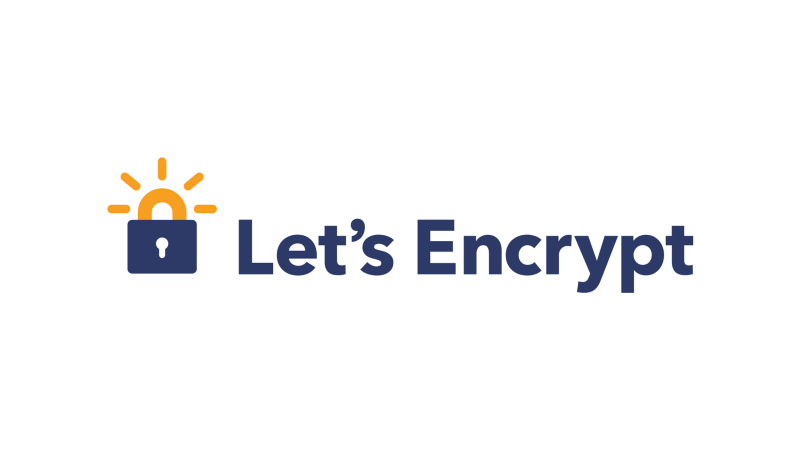
-
Let’s Encrypt APIs go down: great RCA showing us why we need to monitor our database pointers.
-
Writing Runbook Documentation When You’re An SRE by Taylor Barnett: tips and tricks for writing effective runbook documentation when you aren’t a technical writer.
-
4 trends that will shape the cloud-native world in 2020 by Malo Marrec: deep enterprise integrations, hybrid cloud, security and “the edge”.
Kubernetes
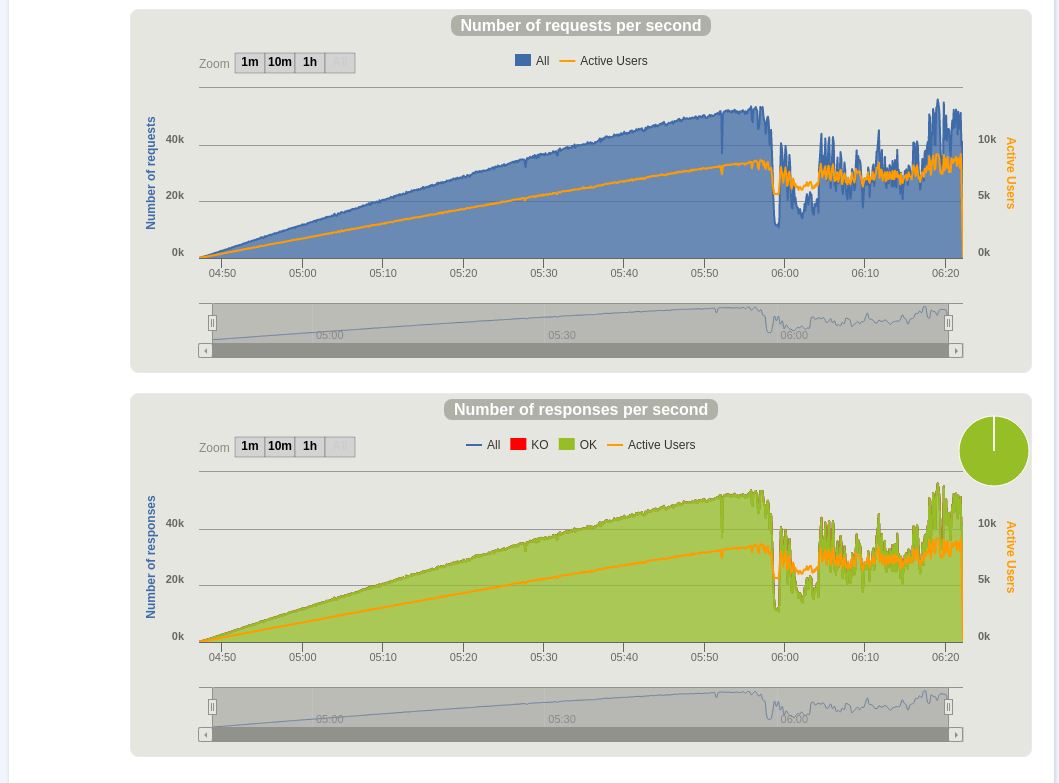
- Distributed load testing with Gatling and Kubernetes by Movile: fabulous overview of load testing an application running on Kubernetes.
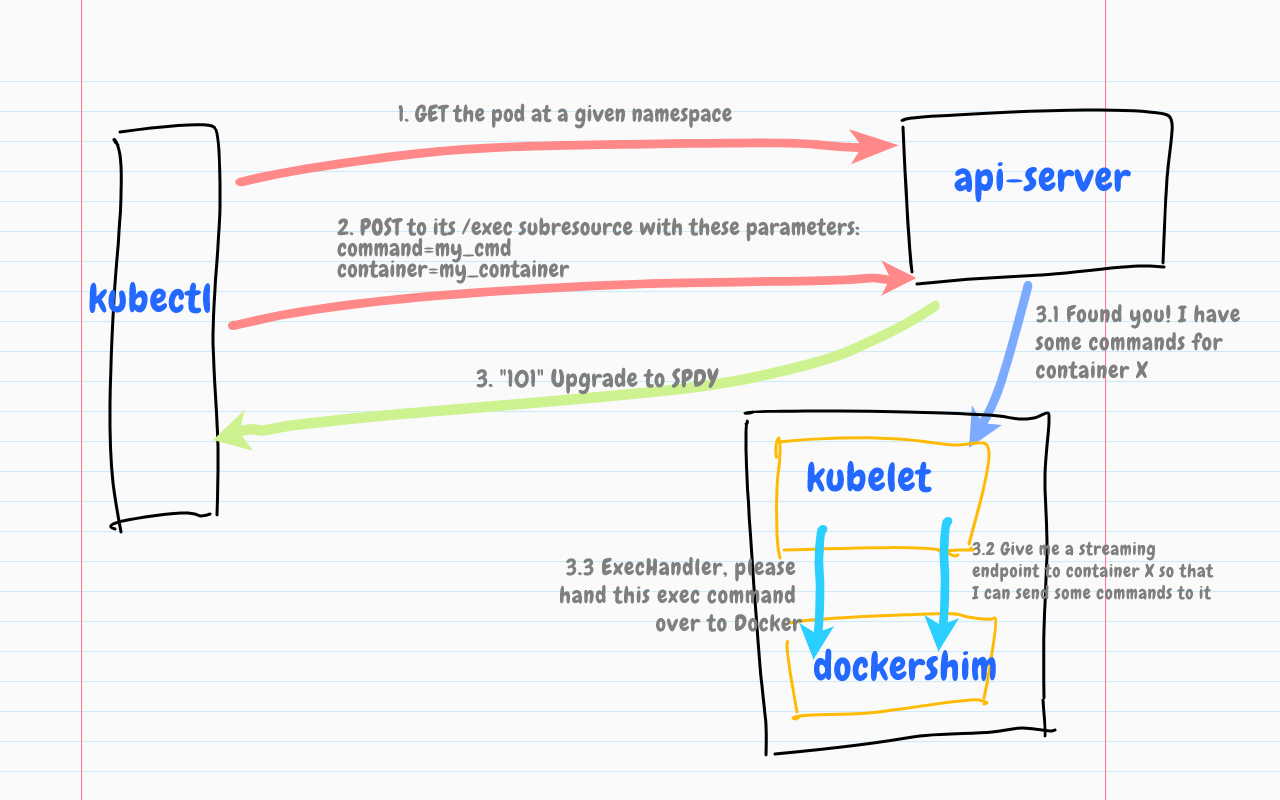
- How It Works — kubectl exec by Ivan Sim: looks into how the command works by examining the relevant code in kubectl, K8s API Server, Kubelet and the Container Runtime Interface (CRI) Docker API
- Kubernetes Networking Demystified: A Brief Guide by Karen Bruner: in this post, we will present an introduction into the complexities of Kubernetes networking by following the journey of an HTTP request to a service running on a basic Kubernetes cluster.
Architecture

- Monoliths are the future by Kelsey Hightower: monoliths are the future because the problem people are trying to solve with microservices doesn’t really line up with reality.
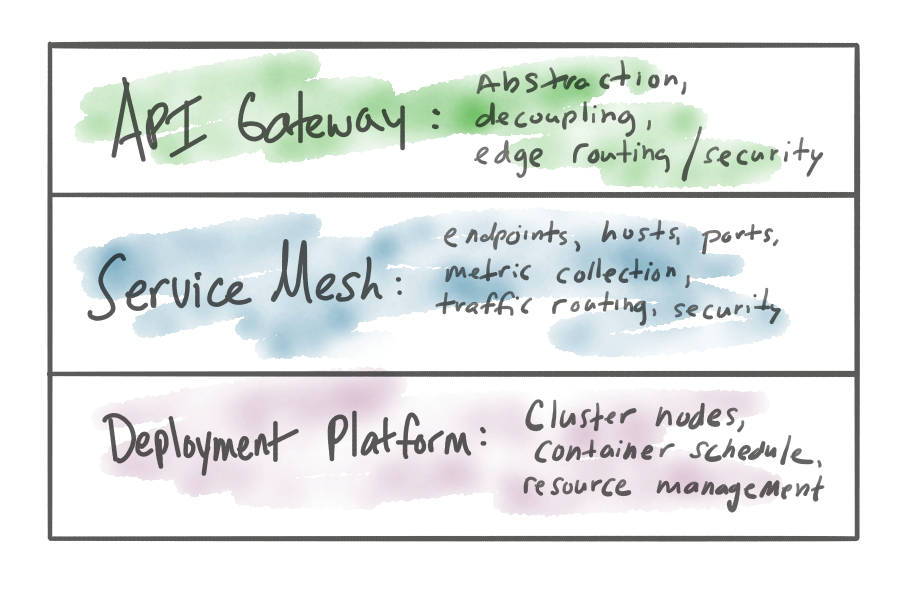
-
Do I Need an API Gateway if I Use a Service Mesh? by Christian Posta: concrete explanation to help clarify differences, overlap, and when to use API Gateways and Service Meshes.
-
Deterministic Aperture: A distributed, load balancing algorithm by Bryce Anderson: a new client-side load balancing technique we’ve developed and deployed widely at Twitter which has allowed our microservice architecture to efficiently scale clusters to thousands of instances
Security
- Lawmakers Prod FCC to Act on SIM Swapping by Brian Krebs: lawmakers are demanding to know what, if anything, the agency might be doing to track and combat SIM swapping.

- Patch Tuesday, January 2020 Edition by Brian Krebs: Microsoft addressed a severe bug (CVE-2020-0601) in Windows 10 and Windows Server 2016/19 reported by the NSA that allows an attacker to spoof digital signatures.
Amazon Web Services

-
Amazon EKS Announces a 50% Price Reduction: EKS clusters now cost $0.10 per hour per cluster that you operate.
-
RDS Snapshots to S3: you can now export Amazon Relational Database Service (Amazon RDS) or Amazon Aurora snapshots to Amazon S3 as Apache Parquet, an efficient open columnar storage format for analytics.
-
AWS IAM policy simulator: administrators can now simulate permissions boundary policies along with other permissions policies to better understand the effective permissions for IAM principals.
-
Amazon SQS Now Supports 1-Minute CloudWatch Metrics: you can now set up Amazon CloudWatch metrics that update at 1-minute intervals at no additional cost in all commercial regions (data was previously limited to 5-minute intervals).
Programming
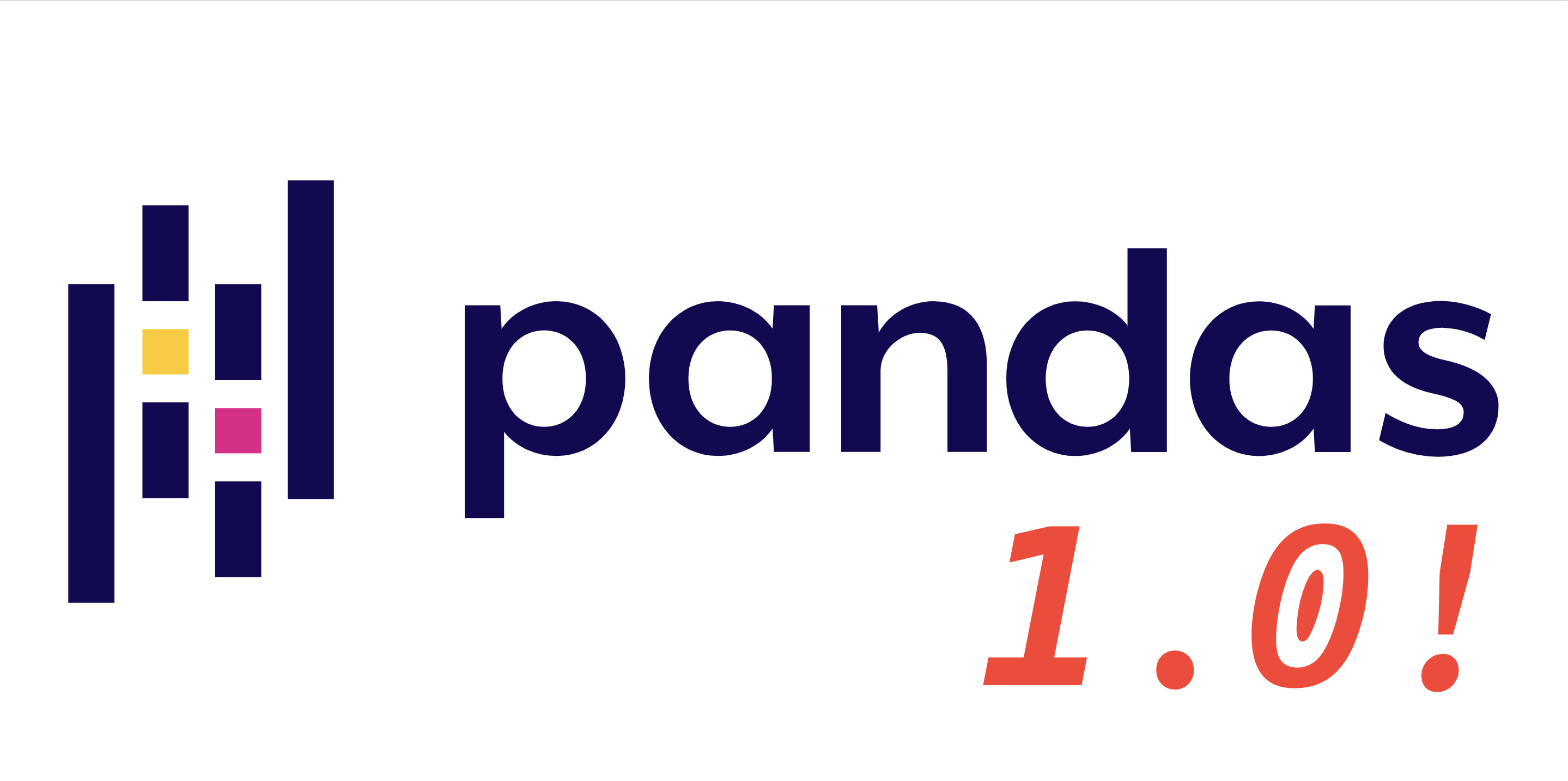
-
Python Pandas hits 1.0 by Julia Schmidt: the Python pandas data analysis and manipulation library has finally achieved version 1.0 after more than a decade of development.
-
Ready Or Not, It’s Goodbye Python 2 by Janet Swift: results of a survey by Active State measuring Python 3 adoption rates.
Article version: 1.0.0
